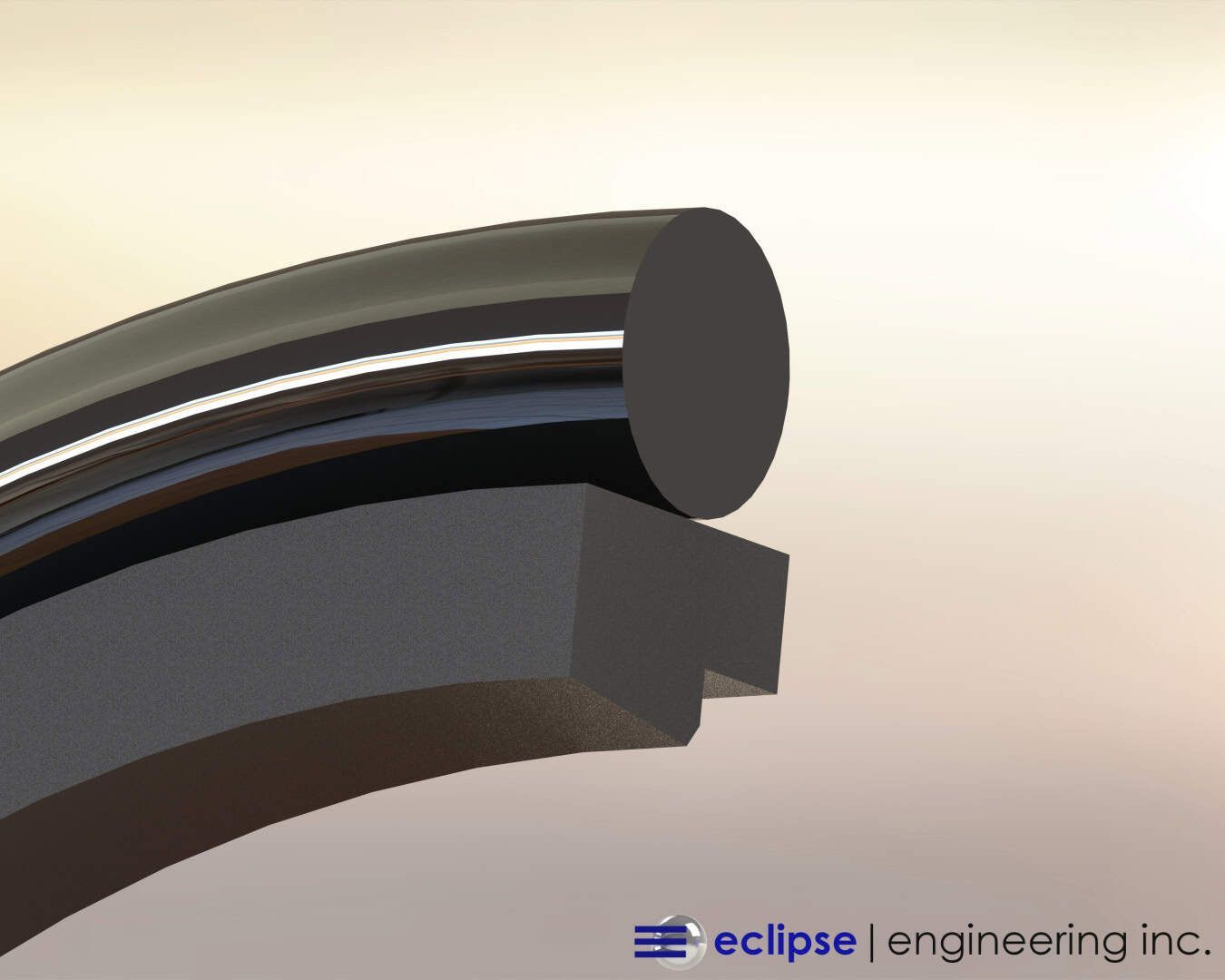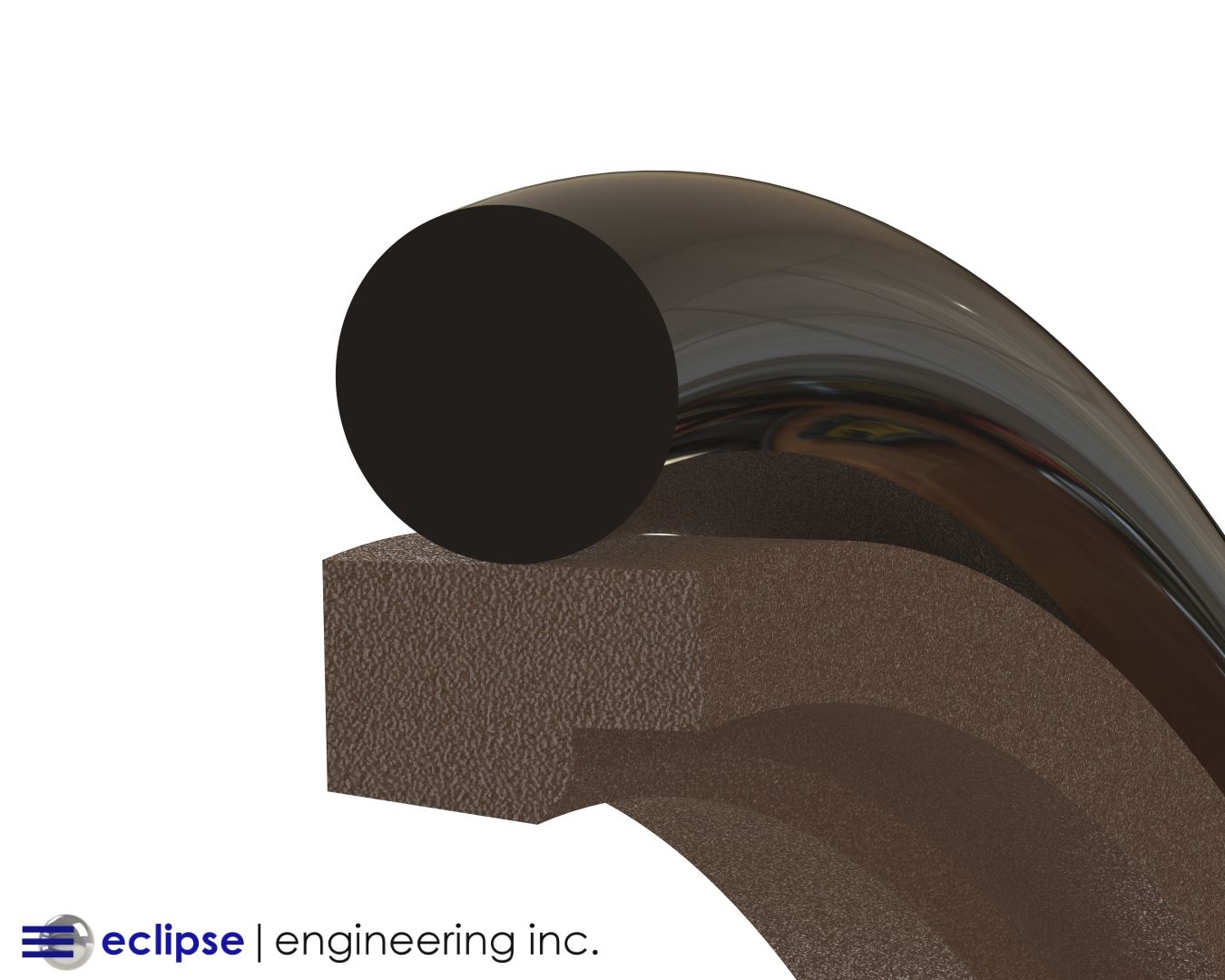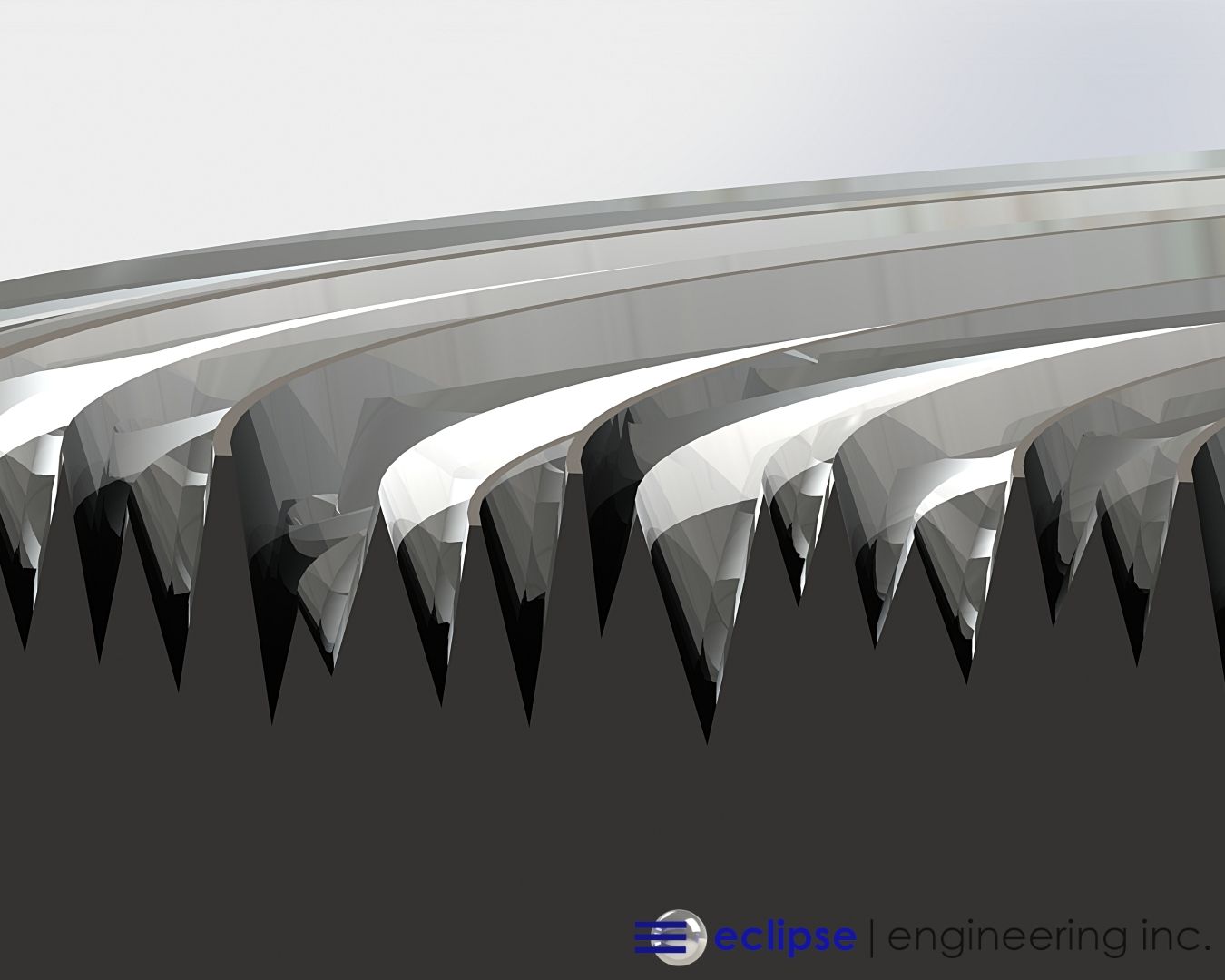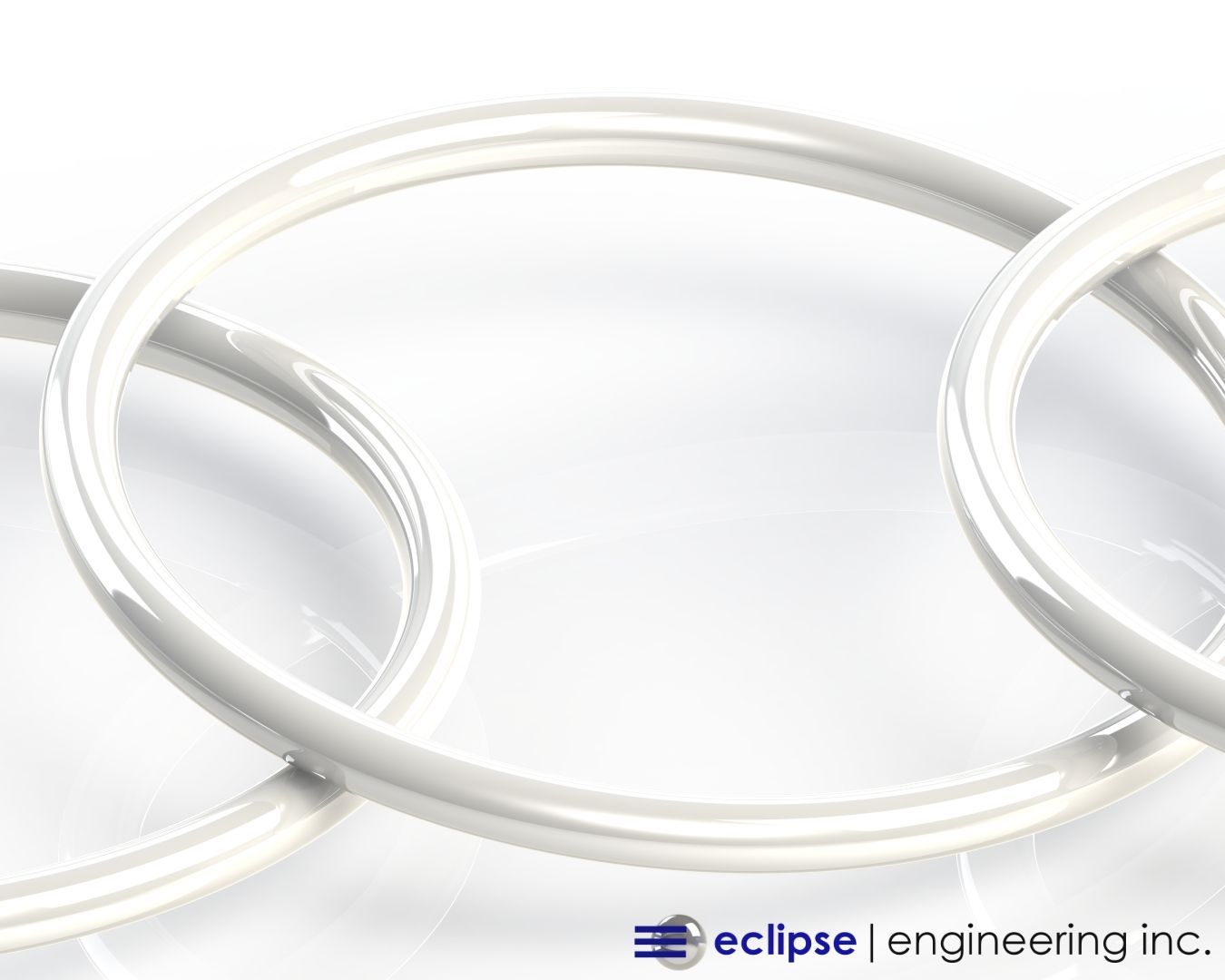How Material and Spring Type Affect Friction Calculation
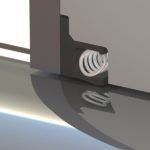
This article will discuss how we understand and control friction in dynamic sealing applications.
It’s easy to stop a leak in a system by just welding it shut. But when you create a dynamic application, you generally have a limited amount of power to move the device you’re sealing.
Friction is a force that must be overcome in all moving pieces. Controlling friction allows us to make efficient equipment that can have a long wear life and move with a limited amount of force.
There are many factors that drive friction up or down in a dynamic application. Although this blog will focus on shaft seals, the same considerations apply to piston or face seals.
Below we’ll cover the following factors and how they affect the friction calculation in our seals:
- Shaft material, hardness, and finish.
- If the system will operate when lubricated or dry.
- The system pressure or vacuum.
- System operating temperature
- Seal material and the types of fillers.
Seal Substrate
As a seal supplier, we usually like shaft materials to be hardened steel with surface finishes that are highly effective. Hardness above 50 Rc usually gives long wear life.
Having a good finish of 8 Ra. will insure long seal life and carry lubrication. However, depending on the application, there are times when a super finish of 2 or 3 Ra is justified.
Depending on shaft loading, there are many choices of surface finish that can reduce friction and improve the life of the seal. Understanding the bearing load under the seal helps to understand what finish is required to withstand the operating conditions.
There are some finishes that are detrimental to seal life. An example is a heavy chrome surface that looks sturdy, but usually can’t be ground smooth and is left with large peaks or valleys. Thin, dense chrome is often the opposite, giving good seal life if applied correctly. The engineers at Eclipse Engineering are prepared to make recommendations on hardness and finish.
Lubrication
Lubrication helps to reduce friction, especially if the seal interface is rubber or an elastomer, such as urethane.
We often operate in environments which are dry and intolerant of any form of lubrication. In this case, seal material such as PTFE or Teflon can operate dry while keeping frictional forces to a minimum and still insure long life.
Water is typically not a very good lubricant. But water-based coolants or adding ethylene glycol improve lubricity, like in your cooling system in your car. Seals often operate in very abrasive fluids such as paint, which contains solids.
This combination requires using materials that don’t degrade in the fluid and don’t heat up or deteriorate. By selecting these materials, we can lower friction and improve the life of the seal.
System Pressure
Pressure directly impacts friction at the seal interface. By looking at the contact area at the interface, we can add the load of the pressure into our friction calculations.
The secret to lowering the friction at the interface is the amount of contact the seal has at the interface.
There are many styles of seals that allow us to minimize this contact patch while providing excellent seal-ability. PTFE or Teflon doesn’t provide “perfect” sealing, but its coefficient of friction is lower than most other materials. By combining seals, we can create sealing systems that have extremely low frictional forces under very high pressures.
Using secondary seals with elastomeric contact allows these seals to operate at very low pressures and give long life. These systems lower friction, heat, and extend seal life.
Operating Temperature
As temperature rises, the coefficient of friction also rises. The increased temperature causes seals to wear faster, causing other seals in the system to heat up.
Limiting the seal interface and using materials that reduce friction lower the overall bulk temperature in a system. By varying the spring or elastomer force, we can reduce the load on the seal lip so that at zero pressure, the seal can have the lowest possible friction while still sealing. All these factors reduce temperature, thereby reducing the effective coefficient of friction in the sealing system.
Seal Materials and Fillers
Materials have a great impact on friction. Changing the material of the seal will also change the sealing characteristics.
A rubber or urethane style seal often results in a zero-leak seal with very high friction. At the same time, using a highly-filled PTFE seal will often result in a very low friction seal that may have a small amount of seepage.
Materials like Teflon provide the lowest friction possible. When used in combination with elastomeric seals, this material can provide a zero-leak system with dramatically reduced friction.
Fillers in elastomeric seals can often reduce the interface friction by adding lubricity to the contact patch. When adding fillers to Teflon, we normally see a small increase in the coefficient of friction. This minor increase dramatically improves the wear life Teflon filled materials.
Energizers
Elastomeric seals normally provide energy through interference and the rebound quality of the material. One way to change the friction is to reduce the interference of the elastomeric seal, but you may sacrifice seal-ability.
Materials like UHMW or Teflon need an external source of energy in order to seal when the pressures are below 100 psi. These materials could be energized with elastomers like O-Rings , or metallic springs like Cantilever Beam or Canted Coil Springs to energize the seal lips.
Eclipse Engineering designs and manufactures spring and can tune the spring to meet friction and leakage requirements.
In rubber energized seals, changing durometer will alter the spring force generated on the seal material. However, sourcing non-standard elastomers can be a problem. These varying energizers are a direct impact on a zero or near-zero pressure system, and becomes an additive force when applying pressure.
There are many factors that directly impact how friction can be controlled. The design engineers at Eclipse Engineering understand these factors thoroughly, and design to the customer’s application. We select components and systems that couple with requirements to solve customer sealing applications. Contact Eclipse Engineering to get the best sealing solution for your application »

